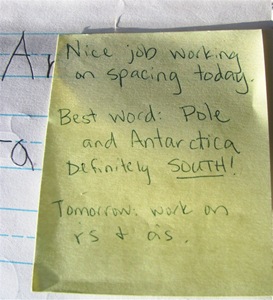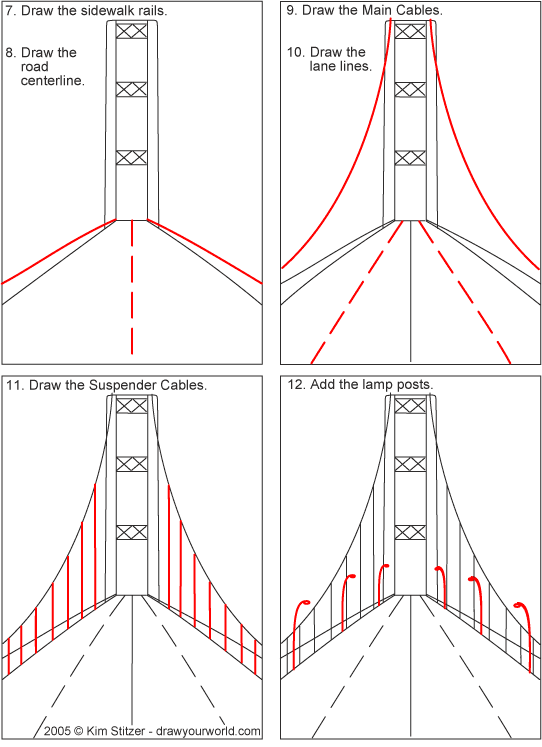Self-Assessment of handwriting work. montessoritidbits.com See montessoritidbits.com for Leann’s tips onImproving Handwriting with Draw Write Now.
Leann presents the lessons in three parts in her homeschool:
The Warm-up—review notes from the prior day and work on letters needing help.
Drawing and Writing—30 minutes of drawing and writing.
Self-Assessment—look over the writing and noting the best work and the things that can be improved.
In the classroom, the warm-up and assessment process is just as important. Handwriting improves when the teacher checks over the students’ drawings and writing, noting issues and adjusting the next day’s lesson.
My mom, Marie Hablitzel, had over 30 students in her classes, making it difficult for one-on-one time for self-assessments. The assessments were made, though—she carefully reviewed each of her students’ drawing and writing papers after class and adjusted the next day’s lesson or found time to work with students needing individual attention.
Assessment is a huge part of improving handwriting.
Handwriting and drawing using Draw Write Now. montessoritidbits.com


















